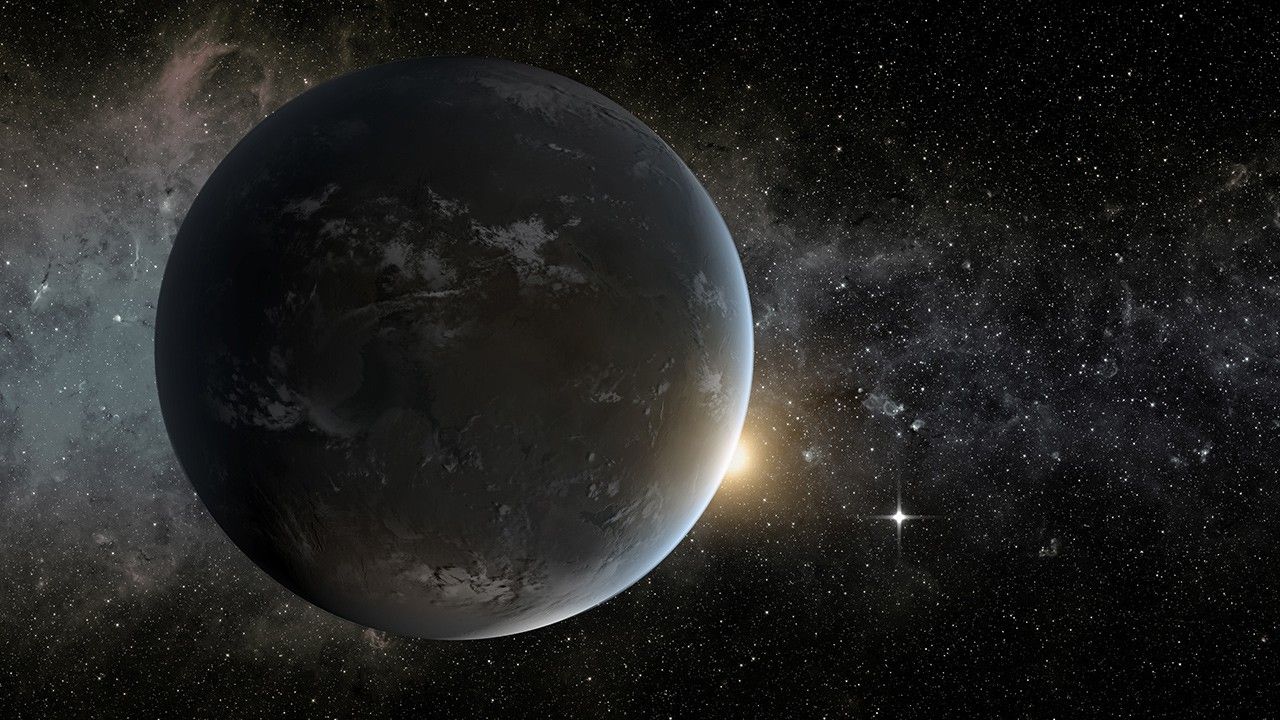Introduction
Are we alone in the universe? For decades, the idea of alien life has fascinated us, from movies like E.T. to science-fiction novels. Are there indeed exoplanets far away, orbiting distant stars, capable of supporting life just like Earth?
As we search for life beyond Earth, we must understand the conditions necessary for a planet to be considered habitable. A planet needs basic features like liquid water, a stable atmosphere, and the right chemical elements. These create the necessary conditions to support life by regulating temperature, protecting from harmful radiation, and enabling biochemical processes. Exoplanets that possess these features open up the exciting prospect that we could one day find life outside our solar system. Finding habitable planets not only fuels the search for extraterrestrial life, but it also will pave the way for future missions aimed at exploring these worlds, which could lead to space colonization and exploration of other worlds.
The Right Conditions
A crucial concept in the search for alien life is the ‘Goldilocks Zone’. In astronomy, it is a region around a star where conditions are just right for liquid water to exist on a planet’s surface, neither too hot nor too cold. Water’s unique characteristics make it vital for life. NASA states that water has been found in other places beyond our understanding. Due to it being universal, astrobiologists look for water on other planets as an indication of possible life.
But how do scientists detect these exoplanets? Scientists primarily discover exoplanets using two methods: the transit method, which detects the dimming of a star as a planet passes in front of it, and the radial velocity method, which measures the wobble of a star caused by the gravitational pull of an orbiting exoplanet.
Atmosphere and temperature play important roles in determining whether an exoplanet is habitable. The temperature of an exoplanet is linked to its atmosphere, which keeps it warm. If a planet is too hot, water can only exist as gas; if it is too cold, water forms as ice. Liquid water is essential for life because it provides a stable medium for biochemical reactions, such as photosynthesis, osmosis and digestion. The various states of water don’t provide the same effect, as gaseous water lacks the cohesion needed for these reactions while ice lacks the flexibility needed for biological processes. Without liquid water, a planet cannot support the chemistry necessary for life to thrive.
The proximity of an exoplanet to its star also poses challenges. Being too close could mean excessive radiation, which may strip away a planet’s atmosphere. Without an atmosphere, a planet is exposed to harmful radiation, temperature fluctuations, and water loss. However, being too far from a star could cause freezing temperatures, while an unstable orbit could cause climate issues, hindering life.
Possible Candidates
As specific as these factors might be, there are two exoplanets that seem to fit the description. The James Webb Space Telescope (JWST) detected the existence of carbon dioxide in the atmospheres of several exoplanets, including Teegarden B and Teegarden C. These findings suggest the potential for habitability, as CO₂ further contributes to the case for a stable atmosphere that could potentially support life, making these planets prime candidates for study in the search for life beyond Earth.

In June 2019, a group of scientists led by Mathias Zechmeister, part of the CARMENES survey, published evidence for two exoplanets, Teegarden B and C, orbiting the nearby red dwarf star. Their radial velocity measurements suggest that both planets could be rocky and have liquid water. Though water vapor hasn’t been detected, astronomers predict an approximately 60% chance that Teegarden B and C contain water. So, what will the future hold for Teegarden B and C?
The Future
The future in this field is promising, with multiple upcoming technologies revolutionizing our search for habitable planets. The CARMENES telescope, orbiting Teegarden’s Star, will offer more information into the conditions and temperature of exoplanet stars. This telescope is unique, operating in vacuum conditions, with controlled temperatures down to the thousandth of a degree. Artificial intelligence (AI) and machine learning are also going to play an increasingly important role in discovering and characterizing exoplanets. Automated Planet Detection (APD) algorithms can rapidly sift through vast datasets to identify exoplanetary signals, such as dips in star brightness caused by planetary transits, orbital patterns, or radial velocity shifts. Also, AI can study exoplanet atmospheres, detecting gases like oxygen or methane, indicating the potential presence of life.
Recent innovations, developments, and explorations have brought us closer to confirming whether exoplanets could support other forms of life. Much more is still being done to uncover this great mystery, but for now, the possibility exists.

